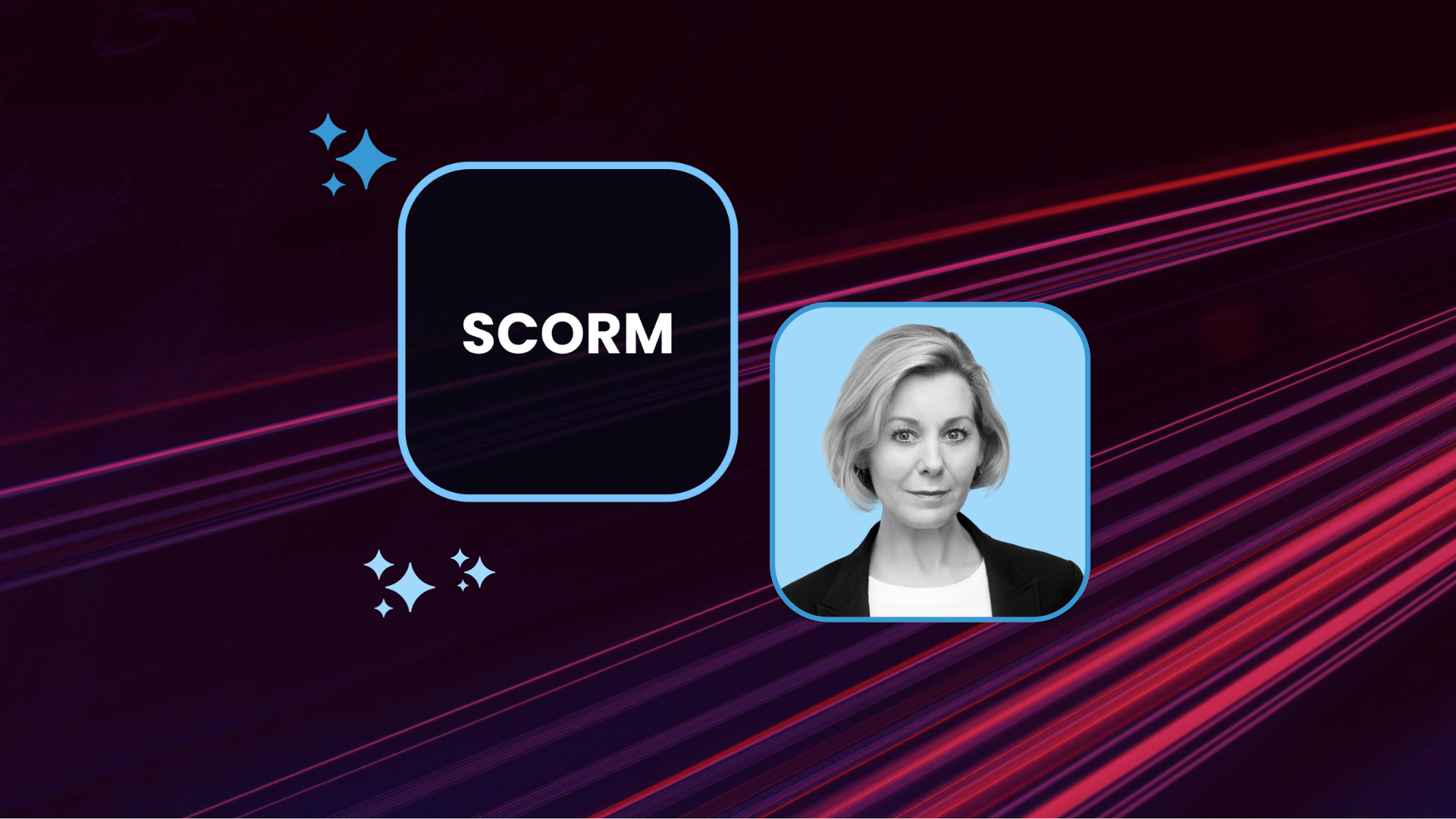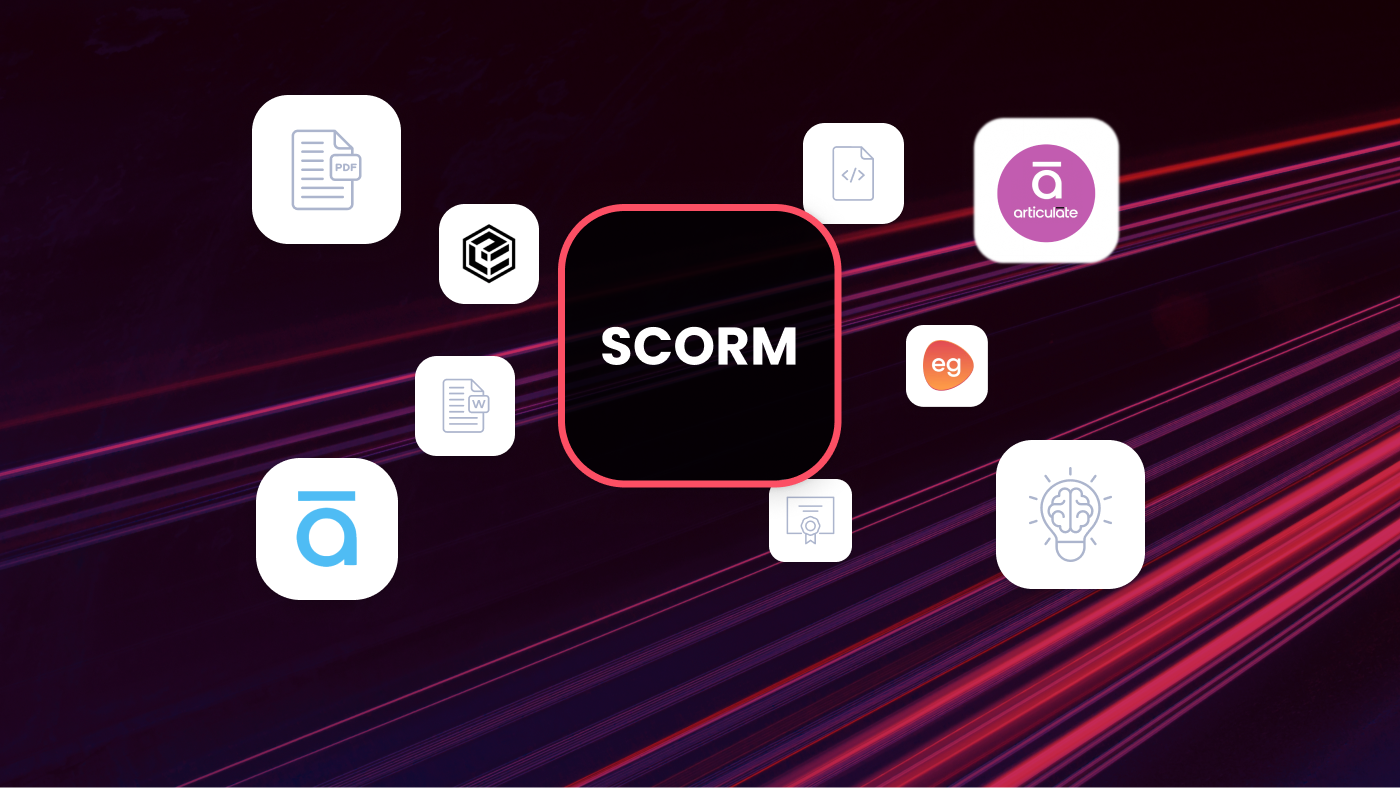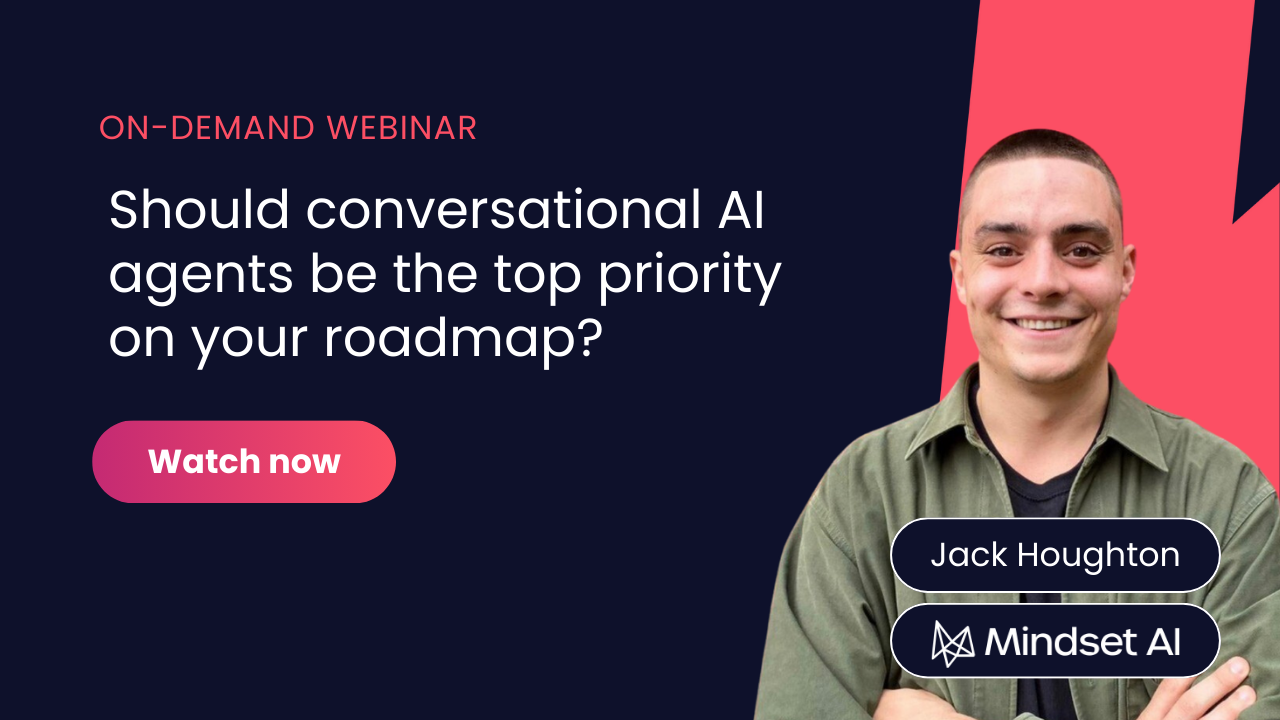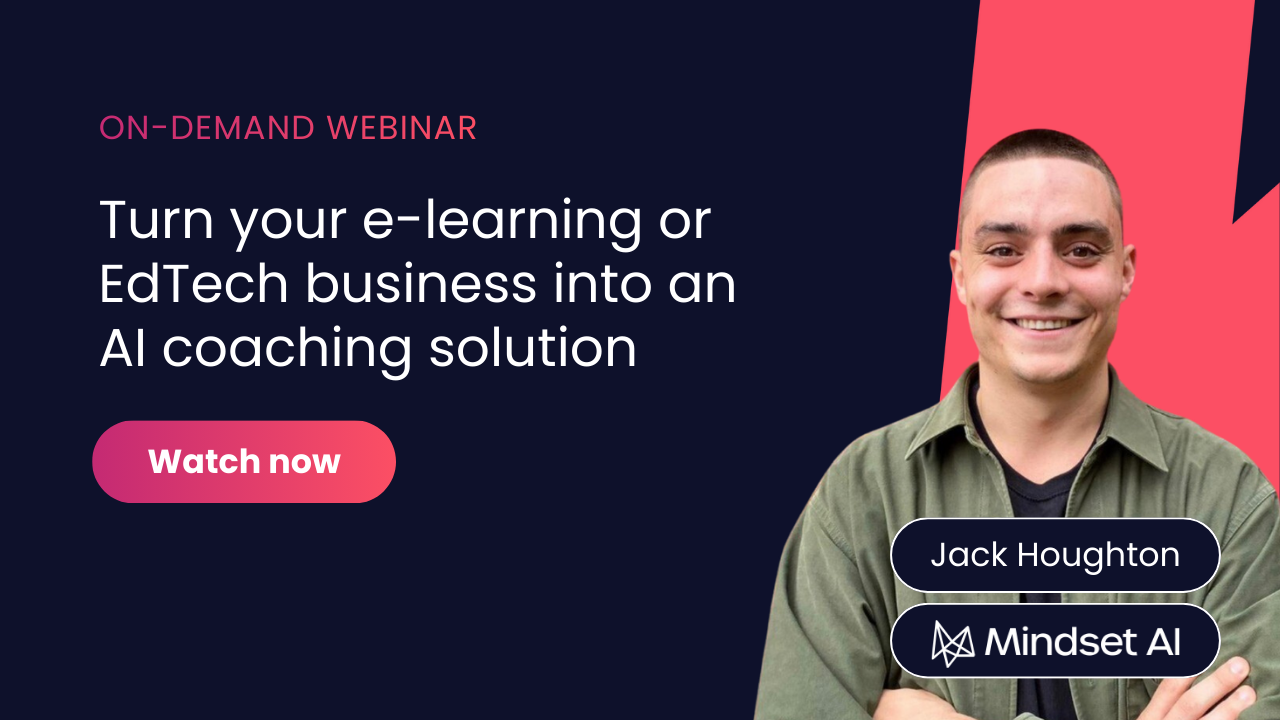Why learners choose Google over your learning platform and how AI can change that

Published by
Published on
Read time
Category
Are your customers' learners bypassing your learning platform for Google? It’s a trend that's hard to ignore. Google isn't just a search engine; it's a learning tool.
It’s not just us saying this. Over 2,000 people voted Google as the number 2 learning tool in Jane Hart’s Top 100 Tools for Learning 2023.
The more we explored Google, the more we realised it ticked most of the L&D boxes. Think learning in the flow of work, personalisation and “microcontent”.
In this article, we will explore what Google is doing so well, why learners always ‘Google it’ when they need quick answers and what you as a learning platform can learn from it.
What makes Google one of the most popular learning tools?
There’s one thing Google excels at. It's all about access.
When we say access, we mean two things: how easy it is to get to, and the sheer volume of information available. Let's break that down.
Firstly, Google is incredibly accessible. It's right there, on your phone or computer, as long as you have Wi-Fi or data. This is a big deal, especially in today's fast-paced world where learning often happens on the move and crammed into busy schedules. This level of seamless integration is what today’s learners expect from an learning platform, and in our opinion, exemplifies true learning in the flow of work.
And, your clients want it too. In fact, 87% of businesses expect their employees to use personal devices for work-related tasks, according to Syntonic. So, whether you're on a train, in a café, or at your desk, having your learning tool just a few taps away is a must.
Then there's the unparalleled access to information. From academic studies and expert articles to how-to guides and video tutorials, Google covers just about everything. Google opens up a world of knowledge, making it possible to learn about any topic you can think of.
It's no wonder the average person turns to Google three to four times a day. It's not just a habit; it's a reflection of how seamlessly it fits into our daily learning needs.
But this open access, while a strength, comes with a caveat: anyone can post anything, meaning quality control is non-existent. That's where your clients can utilise your learning platform. Their training and resources are backed by trained professionals to help fill the gap for learners seeking reliable and focused learning experiences.
What can my learning platform replicate from Google?
Let's take a look at the aspects of Google's approach your LMS can mirror to become a more effective learning tool for today's busy learners.
Crowd-sourced reliability
Google isn't just algorithm-driven; it's shaped by real user interactions and preferences. This user-centric approach ensures the most relevant and valuable content rises to the top. It's a bit like trusting your peers to point you in the right direction. Google's PageRank, for example, isn't just a complex algorithm; it reflects how users interact with content. The more a resource is used, the higher it ranks. This isn't about relying solely on technology; it's about leveraging collective human judgment. Your learning platform could benefit from this approach, using user interactions to highlight the most effective and popular learning resources.
AI summaries and relevance
Have you noticed how Google simplifies complex information into concise, digestible snippets? This isn't just about providing bite-sized learning; it's about delivering content that's directly relevant to the user's immediate needs. Google's AI-powered Search Generative Experience (SGE), for example, summarises articles and search results, offering quick insights without the need to sift through pages of content. In the L&D space, while we often talk about “microlearning” and breaking down content, what's missing is this level of targeted relevance. Your learning platform could evolve to not just chunk content but to use AI to deliver precise, personalised learning experiences. (We will cover why microcontent is not the best format for learning content in another blog)
Personalisation and context
Google's approach to personalisation is a sophisticated blend of technology and user-centric design. For users not logged in, it employs browser cookies to tailor search results. This means even casual browsers receive a customised experience based on their previous searches. For logged-in users, it gets even more personalised. Google builds a user profile from their Chrome browser history, fine-tuning search results to align with their specific interests and past interactions. Additionally, location services, when enabled, play a significant role in refining these results, offering contextually relevant information based on the user's current location.
Categorisation
Google categorises information into distinct sections like News, Videos, and Shopping, making navigation intuitive. Imagine a learning platform that similarly categorises and personalises learning paths and content based on each user's unique needs and preferences. Such a system would not only enhance the learning experience but also make it much more efficient.
Discoverability
Finally, there's the aspect of discoverability. Google excels at making information easy to find and ensuring the relevance of search results. This level of discoverability and relevance in search is something every learning platform should aim for. It's not just about having a wealth of content; it's about making that content easily accessible and relevant to what the learner is seeking at that moment.
In conclusion, today's learners demand instant access, relevant content, and a seamless learning journey in the flow of work, much like what they experience with Google.
By mirroring Google's approach to accessibility, crowd-sourced reliability, AI-driven summaries, advanced personalisation, and intuitive categorisation, you can revolutionise your learning platform. This not only enhances the learning experience but also ensures that your platform remains a preferred choice for learners in an ever-evolving digital landscape. Remember, it's about creating an environment where learners don't just find what they're looking for but also discover what they didn't know they needed, just like a simple Google search.
Book a demo today.



.png)
.png)
.png)
.png)
.png)
.png)
.png)
.png)
.png)
.png)

.png)

.png)


.png)
.png)
.png)

.png)
.png)


.png)
.png)
.png)
.png)
.png)
.png)

.png)

.png)
.png)
.png)
.png)

.png)
.png)


.png)
.png)
.png)

.png)
.png)
.png)

.png)
.png)
.png)



.png)





.jpeg)